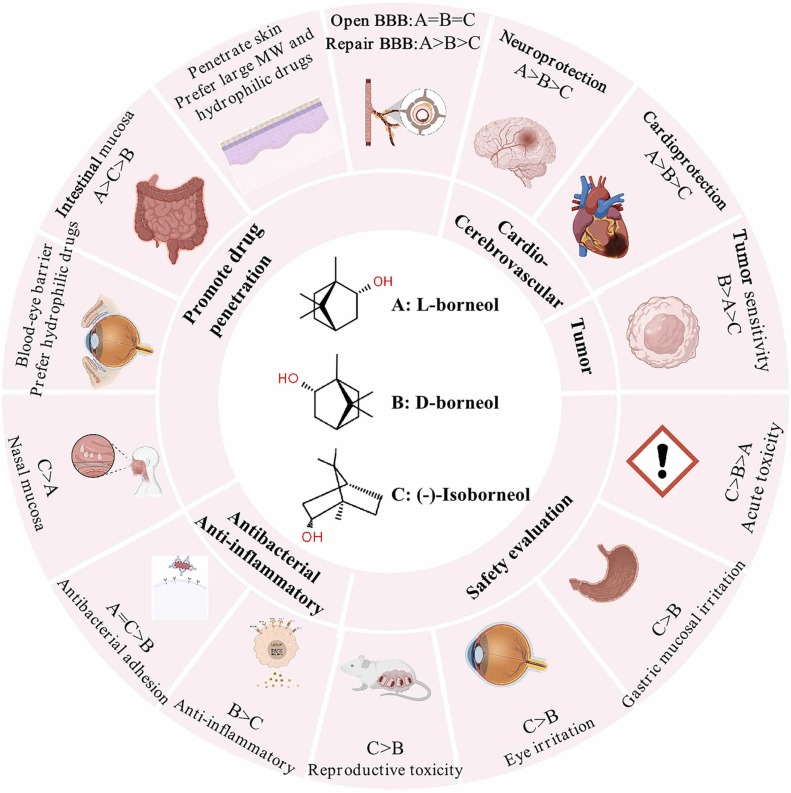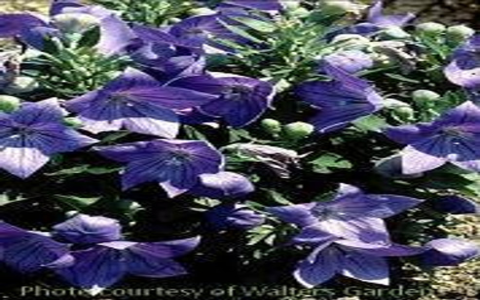Alright, so I wanted to share a bit about my journey with this thing called borneol. It’s one of those ingredients you might see around, but maybe don’t think too much about. Well, I got curious, and as I usually do, I decided to dive in a bit and see what was what, based on what I could find and try out myself.
My First Steps with Borneol
It all started when I kept seeing “borneol” listed in a few different things I was checking out. First, it was in this old-school herbal balm a friend of mine swore by for headaches and stuffy feelings. Then, I noticed it in some traditional Asian remedies. I thought, okay, what’s the deal with this stuff? So, I started doing a bit of my own poking around, you know, just reading up on it from various sources, trying to understand it from a practical, everyday person’s angle.
I learned that borneol, or “bing pian” as it’s called in some places, is this compound that can come from certain plants, like camphor trees, or it can be made synthetically. It has a pretty distinct smell – strong, a bit minty, a bit like camphor, but also kinda woodsy. The natural stuff is apparently quite prized, but these days, you find the synthetic version a lot too.
What I Found It’s Used For
As I dug deeper, I started to see a pattern in how people have been using it. It wasn’t about hardcore scientific studies for me, more about observing its traditional uses and where it pops up. Here’s a rundown of what I gathered:

- Clearing the head: This was the big one. That balm I mentioned? People use it for that feeling of a blocked nose or a foggy head. The strong scent seems to be key here.
- Soothing the throat: I saw it listed in some traditional lozenges or powders meant for sore throats. The idea seemed to be that it has a cooling effect.
- Skin applications: It often appears in topical things for minor burns, skin irritations, or even to help with pain and swelling from sprains, usually mixed with other herbs.
- As a ‘reviver’: In some old practices, the strong smell was used to kinda snap someone out of feeling faint or groggy.
- In incense: Interestingly, some types of incense use it, probably for its unique fragrance and maybe for a calming, purifying kind of vibe.
My Own Little Trials and Observations
So, I decided to try out that balm my friend had. I got a little tin for myself. When I had a bit of a stuffy nose one day, I rubbed a tiny bit under my nostrils. Wow, that smell is powerful! It did give me a sensation of my airways opening up a bit. Now, was it a miracle cure? Nah, not really. But the cooling, strong aromatic effect was definitely noticeable and provided some temporary relief. It felt like it cut through the stuffiness, if only for a while.
I also got hold of some traditional throat powder that listed borneol. I tried a tiny bit when my throat felt scratchy. It had a very peculiar, intense taste and a cooling feeling. Again, it didn’t magically make the scratchiness vanish forever, but it did offer a different kind of soothing sensation for a short period. It’s potent stuff, so a little goes a long way. I learned that pretty quick.
One thing I made sure of was to use products that were meant for these purposes. I wasn’t about to go messing with pure borneol or anything like that – that’s for people who know what they’re doing. My approach was just to experience it through common, everyday products where it’s an ingredient.
What I Reckon Now
After my little exploration, borneol isn’t some mystical thing to me anymore. It’s an ingredient with a long history of use, mainly for its strong aroma and cooling sensation. I can see why it’s stuck around in certain traditional remedies and balms. It offers a pretty distinct sensory experience that people associate with relief for minor discomforts.

I still keep that balm handy. Not because I think it’s a cure-all, but because I now understand a bit more about what’s in it and why it feels the way it does. It’s more about that immediate, albeit temporary, sensation it provides. It’s been an interesting journey from just seeing a word on a label to actually trying to understand its practical role. And that, for me, is what these little personal investigations are all about.



